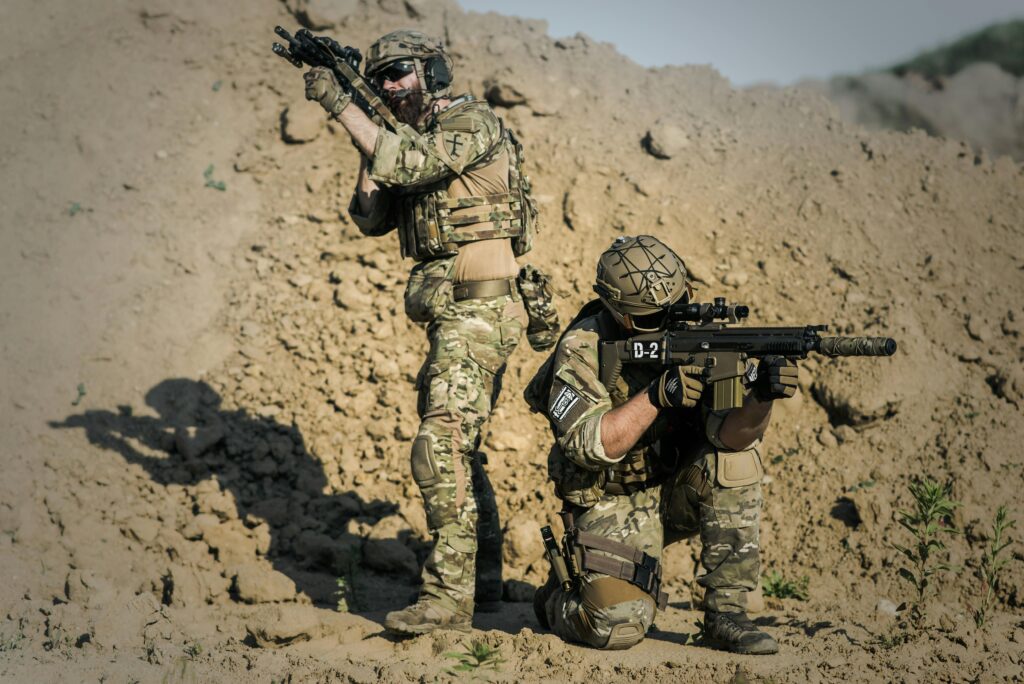The world watched with bated breath in June 2025 as tensions between Iran and the United States escalated to a new level. The situation came to a head when Iran launched a missile strike on the U.S. military base in Al Udeid, Qatar, marking the most direct confrontation between the two nations in years. Though the attack did not result in casualties or physical damage, it sent shockwaves through global diplomacy, military strategy, and public perception. In this blog post, we will take an in-depth look at the June 2025 Iran attack on America, explore the timeline, motives, outcomes, and what it all means for the future of Middle Eastern geopolitics.
The Timeline of Events
Operation Midnight Hammer
The crisis began with the United States launching a covert military operation named “Operation Midnight Hammer” on June 21, 2025. The operation targeted three of Iran’s key nuclear facilities—Fordow, Natanz, and Isfahan—with precision-guided missiles and stealth bombers. These strikes were reportedly carried out in coordination with Israeli intelligence and were aimed at slowing Iran’s progress toward nuclear weaponization.
The move sparked outrage in Iran, which saw it as an act of unprovoked aggression.
Iran’s Retaliation
On June 23, Iran launched 14 ballistic missiles targeting the Al Udeid Air Base in Qatar, a major hub for U.S. military operations in the Middle East. Remarkably, all missiles were intercepted by American and Qatari defense systems. Iran also issued an advance warning to reduce the risk of casualties—a strategic move intended to make a strong statement without triggering an all-out war.
Iran’s Strategy: A Calculated Response
Unlike past conflicts, Iran carefully planned its 2025 retaliation. It notified Qatar and the U.S. about the missile strike in advance. By doing so, Iran ensured that no lives were lost. It avoided the kind of fatal escalation that followed earlier confrontations. This approach likely aimed to send a strong message while preventing all-out war. Iran showed strength without crossing the line into deadly conflict.
- Demonstrate military capability.
- Satisfy domestic calls for revenge.
- Avoid direct war with a superpower.
This Iran attack on America was not about destruction—it was about sending a signal: Iran will respond when provoked, but it seeks to avoid full-scale war.
America Reaction: Strength and Restraint
In the aftermath of the missile strike, U.S. President Donald Trump (in his second term) referred to the incident as a “weak response” and commended the military for intercepting all incoming threats. The White House emphasized restraint and diplomacy, signaling that the U.S. did not wish to escalate the situation further.
However, U.S. intelligence agencies issued warnings about potential cyberattacks and the risk of sleeper cell activity within American and allied territories. Cybersecurity agencies raised alerts for potential Iranian-backed digital espionage targeting infrastructure, finance, and communication systems.
Global Reactions and Geopolitical Impact
Middle East
Countries like Saudi Arabia, the United Arab Emirates, and Bahrain swiftly condemned Iran’s actions. Qatar, which hosts the Al Udeid base, played a crucial role in containing the incident, having cooperated closely with U.S. missile defense systems.
For Gulf nations, the attack raised renewed concerns about regional stability and highlighted their dependence on U.S. military protection.
Europe and Asia
European Union officials called for de-escalation and peace talks, while China and Russia urged restraint on both sides but avoided directly criticizing Iran. India expressed concern over the safety of Indian nationals in the Gulf and emphasized the need for diplomatic resolution.
United Nations
The UN Security Council held an emergency meeting, urging both nations to return to the negotiation table. No formal sanctions were passed, but the international community made it clear that further aggression would not be tolerated.
Homeland Security and Sleeper Cell Concerns
One of the most alarming outcomes of the Iran attack on America was the subsequent warning from U.S. Homeland Security. Authorities warned that Iranian sleeper cells might be activated across American cities and other Western countries.
While no specific threat materialized immediately, the heightened alert has led to increased surveillance, counterintelligence activity, and cyber defense measures. The public has been urged to remain vigilant, especially in major urban centers and critical infrastructure zones.
What This Means for the Future
The Nuclear Question
Iran’s nuclear ambitions remain a central issue. The U.S. strike on its facilities was aimed at crippling its nuclear development, but experts believe that the damage may only have delayed—not destroyed—Iran’s capabilities.
Diplomacy at a Crossroads
Despite the attack, both Iran and the U.S. have left the door open for diplomatic talks. Iran’s measured response suggests it is not seeking war, and Washington’s restrained reaction implies a preference for diplomacy over continued military action.
Cyber and Proxy Warfare
Going forward, the battlefield may shift from traditional military engagement to cyber warfare and proxy conflicts. Experts expect a rise in Iranian cyber-attacks on American infrastructure and continued support for allied militias in Iraq, Syria, and Lebanon.
Conclusion
The June 2025 Iran attack on America was a major global event. It marked a new chapter in the long-standing rivalry between the two nations. Although no lives were lost and a full-scale war was avoided, the incident sent a powerful message. Iran demonstrated that it is ready to respond firmly when challenged. At the same time, the United States reaffirmed its commitment to defending its interests. The situation has heightened tensions and drawn global attention, signaling a fragile yet intense phase in international relations.
The world now watches closely as diplomats scramble to rebuild dialogue, and defense systems remain on high alert. As history shows, one miscalculation could turn political theater into deadly conflict. But for now, restraint has won the day.
For more information, read our other Blogs.





Pingback: Donald Trump Nominated for Nobel - NEWS ALTITUDE